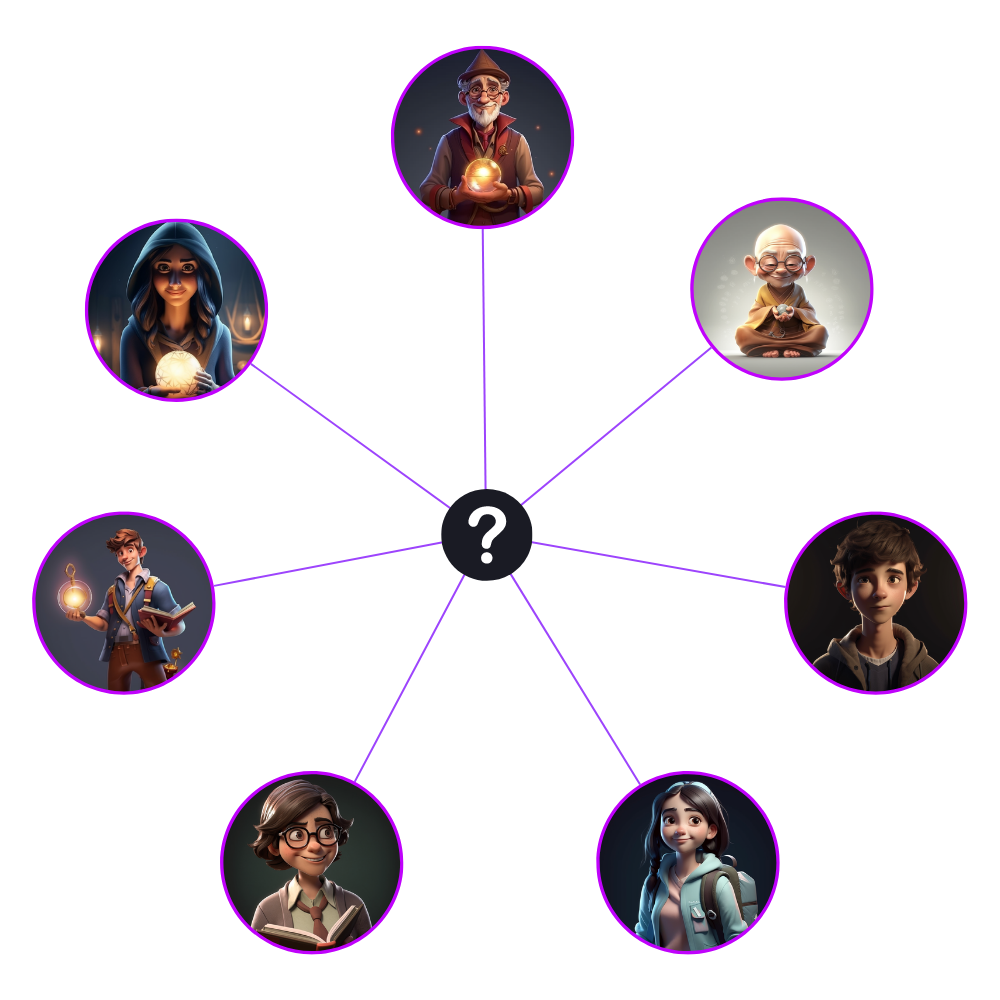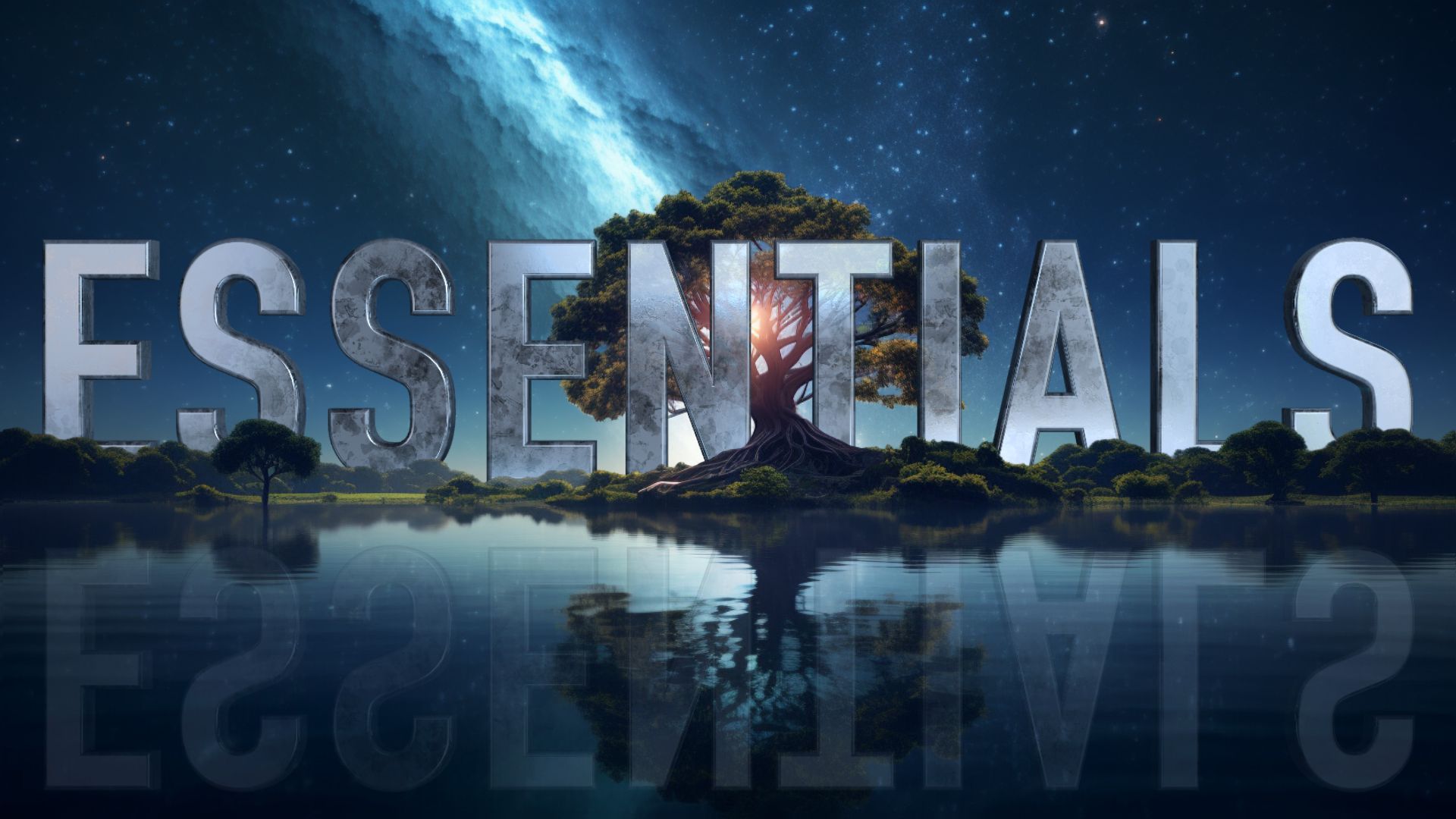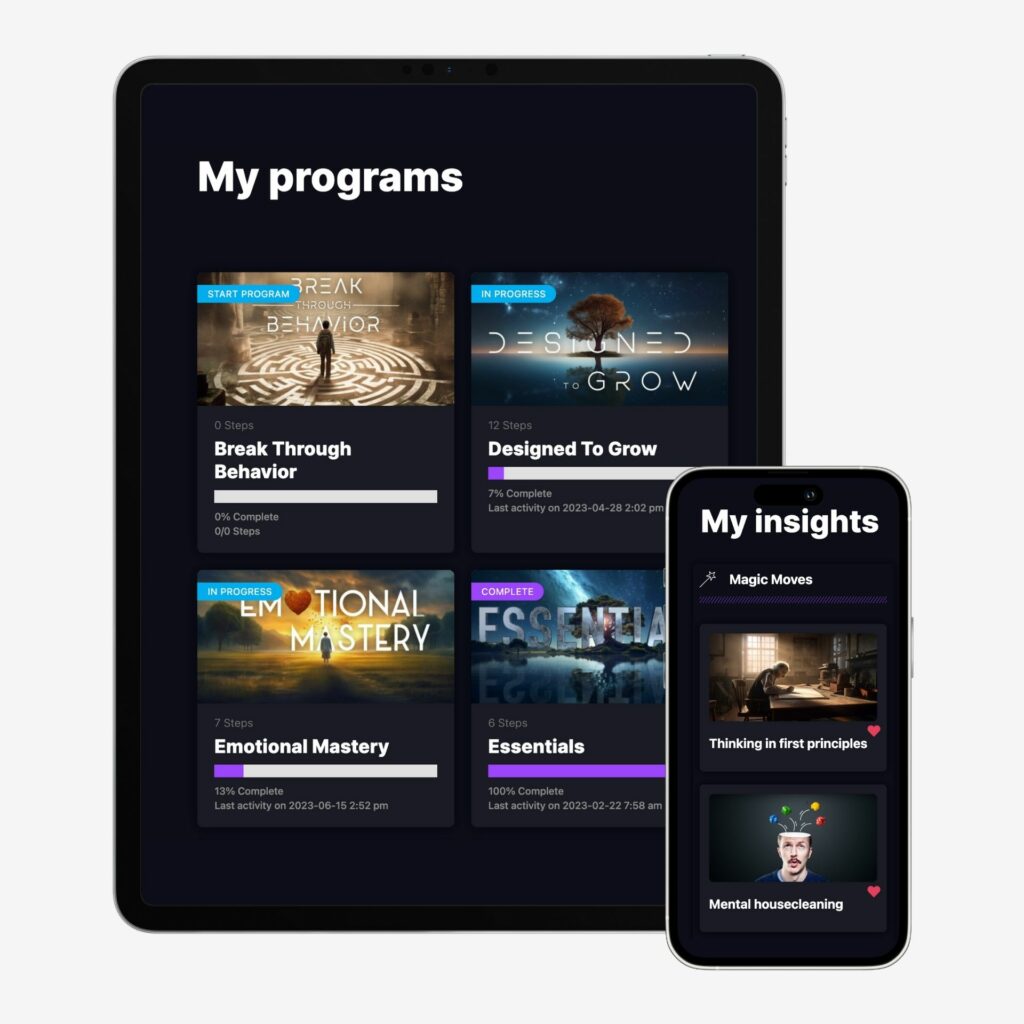How often have you found yourself in a situation where you internally resisted what was happening?
Perhaps you were trying to control the outcome of a situation or hanging on to a particular preference. Maybe you were working hard toward a goal, but despite your best efforts, things weren’t going your way. When we resist, we create friction, which leads to stress, anxiety, and even physical pain.
If you’re like most people, chances are you’ve experienced this more than you can count.
When you resist, you create friction, which leads to stress, anxiety, and even physical pain.
In a nutshell, the process of how this works looks like this:
-
1
Something happens
An event happens. In itself, the event is meaningless.
-
2
You perceive the event through your mental models
You perceive the incoming impressions through your mental models about how the world should work. If the incoming triggers do not match your mental models, your subconscious creates energy patterns that match that negative evaluation.
-
3
You experience a feeling
You experience the result of this evaluation in the form of a feeling. This feeling drives how you will behave.
-
4
I will change this
You tell yourself that you will use your power to change this situation. The outcome must come under your control. You need it to feel better.
-
5
Striving
You do whatever it takes to change the future events. Your focus is on doing, doing, doing.
-
6
Something new happens, time for re-evaluation
You re-evaluate the new event that you have created. If this is to your liking, you will start to feel better. If this is still not to your liking, you will keep striving until the world is the way you want it to be, and you can be happy.
In Western culture, striving hard and long is romanticized. Through striving, we want to be able to predict and control our results, our environment, and the people in it.
But the truth is, we can’t control everything. Trying to do so is an illusion that only leads to frustration and struggle. We often find ourselves struggling against the current, trying to swim upstream.
What if there was a better way? What if one of the keys to a peaceful, fulfilling life is learning how to surrender to what is?
What if we could learn to set aside our preferences and let life unfold naturally, without struggle?
When we learn to go with the flow and surrender to what is, we open ourselves up to a world of possibilities.
When we learn to go with life's flow and surrender to what is, we open ourselves up to a world of possibilities.
What does it mean to surrender?
Surrendering doesn’t mean giving up or being passive. It’s actually the opposite. Sometimes the most powerful form of surrender is taking decisive action in alignment with your highest good while letting go of your attachment to a specific outcome.
Surrendering doesn't mean giving up or being passive.
When we surrender to life, we say “yes” to what is. You do what you must, and you accept whatever happens as a consequence. You have faith that everything will unfold as it must, even if this looks different than what you had originally planned.
You do not allow the events to dictate how you feel. You feel good regardless:
Why is it so hard to surrender?
Our egos are constantly striving for certainty and security. They want us to believe we are in control because it feels safe. But the truth is, life is unpredictable and ever-moving.
Trying to control everything leads to anxiety and stress because things will inevitably not go according to our plan.
Surrendering requires us to let go of our need for certainty.
Things will work out in the end, or they may not. We do not try to impose our personal preferences on how life should unfold.
Surrendering requires us to let go of our need for certainty.
How do you surrender?
You learn to surrender by becoming aware of your mental models, thoughts, and behavior patterns that keep you attached to outcomes you cannot control.
This can be done through meditation, which trains the mind to let go of control and relax into the present moment. You can also become aware enough to catch yourself clinging to a certain outcome as soon as you are doing it.
Once you are aware of your recurring patterns, you can question them and let them go.
Another way to surrender control is simply by practicing gratitude and harvesting all the good in your life.
When you take a moment each day to appreciate what you have, you open yourself up to receiving even more good things. You let go of the negativity that so often clouds your mind and focus on the beauty that surrounds you.
Another technique that is helpful is to consciously detach from having to reach your goals.
Through surrendering, you focus on being present in each moment and ride the wave of whatever comes your way.
This takes practice and patience, but with time and commitment, you will learn how to let go of your attachments and flow with the current of life.
Conclusion
If you’re finding yourself struggling more than usual, it’s time to practice the art of surrendering.
Surrendering doesn’t mean giving up. It’s about trusting that even challenging situations will eventually get better if we let go of our need to control everything.
With time and practice, you can learn how to flow with life instead of fighting against it—and find peace in the process.







